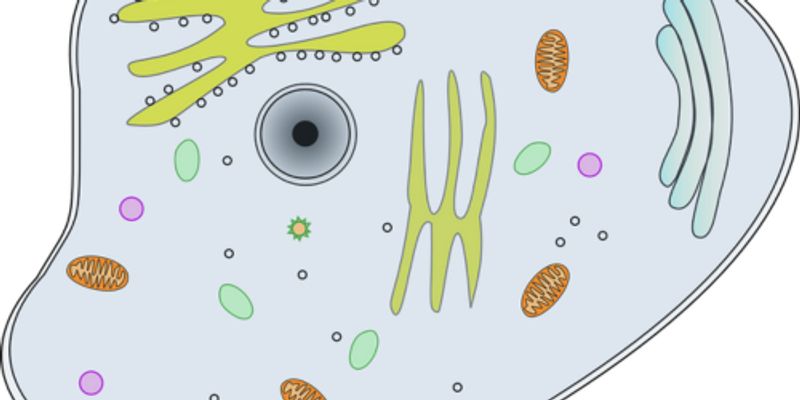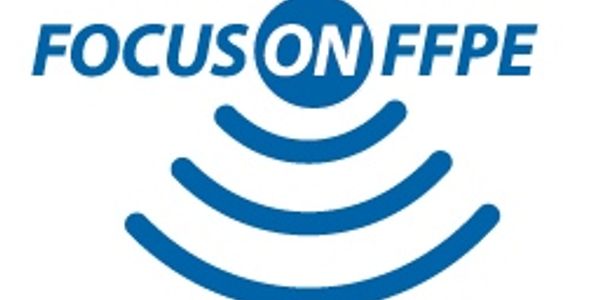Cell analysis
Cellular analysis is used to evaluate and measure cell number, state, health, and the viabiity, proliferation, and toxicity of a given cell. It provides lots of information in basic laboratory research, drug discovery and development, and within clinical applications.
-
Please click here to watch this webinar On DemandsiRNA-mediated silencing of gene expression has revolutionized the study of biology by enabling rapid and unbiased loss-of-function studies to...
Extracellular vesicles (EVs) include the exosomes (30-100 nm) that are produced through the endocytic pathway via the multivesicular bodies and the ectosomes (100-1000 nm) that are released t...
Speaker:
Suresh Mathivanan, PhD
Presented at: Beckman Coulter Life Sciences Virtual Trade Show
Sponsored By: Beckman Coulter Life Sciences, Beckman Coulter Life Sciences
Sponsored By: Beckman Coulter Life Sciences, Beckman Coulter Life Sciences
MAR 19, 2015 | 3:00 PM
DARPA’s investments aim to leverage brain-function research to alleviate the burden of illness and injury and provide novel, neurotechnology-based capabilities for military personnel an...
The NIH BRAIN initiative, informed by the report from the scientific community (BRAIN 2025) is underway. The major funded efforts at this time fit into 3 main categories; 1) defining the comp...
Impulsivity can be defined as the tendency to act prematurely without foresight. Behavioural and neurobiological analysis of this construct, based on evidence from both animal and human studi...
Speaker:
Trevor Robbins, CBE FRS FMedSci FBPsS
Presented at: Neuroscience Virtual Event Series 2015
MAR 18, 2015 | 3:00 PM
Recent advances in noninvasive neuroimaging have set the stage for the systematic exploration of human brain circuits in health and disease. The Human Connectome Project (HCP) is systematical...
FEB 19, 2015 | 8:00 AM
For more on Gene Editing watch “Webinar: Improve CRISPR-Cas9 experiments with rationally designed guide RNAs”
The CRISPR-Cas9 system is being widely used for genome engineering...
The field of surgical research has been growing rapidly with the development of new surgical and disease models. An extremely important and often overlooked aspect of creating these models is...
Speaker:
Szczepan Baran, VMD, MS
Presented at: Laboratory Animal Sciences Virtual Event Series 2015
FEB 04, 2015 | 7:30 AM
C.E. CREDITS
During my presentation, we will discuss:- Normal patterns of behavior (repertoire): social, food intake, territorial, agonistic, anti-predation, sleep and rest, play behavior, grooming, sex...
Speaker:
Marina Snitcofsky, DVM, MSc, PhD
Presented at: Laboratory Animal Sciences Virtual Event Series 2015
Soiled-bedding sentinels are not always efficient in detecting pathogens in rodent colonies. In this context, PCR-based testing can be more sensitive and is being advocated as adjunct to trad...
Speaker:
Mathias Leblanc, DVM, PhD, DES, DACLAM
Presented at: Laboratory Animal Sciences Virtual Event Series 2015
Drug developers are rapidly adopting three-dimensional (3D) cell cultures for drug screening since they provide a more physiologically relevant environment than two-dimensional cell cultures ...
Speaker:
Nicky Slawny, PhD
, Mike Kowalski, Ph.D.
Presented at: Beckman Coulter Life Sciences Virtual Trade Show
Sponsored By: Beckman Coulter Life Sciences, Beckman Coulter Life Sciences
Sponsored By: Beckman Coulter Life Sciences, Beckman Coulter Life Sciences
JAN 21, 2015 | 10:00 PM
In this presentation we will illustrate the advantages of AFA technology in clinically significant applications (NGS, FFPE, ChIP) and will demonstrate the flexibility of Covaris AFA in deliv...
In this webinar, the presenter will discuss:
An Introduction to EPFL’s Core Facility and its role in furthering flow cytometry research
&nb...
Speaker:
Loïc Tauzin
Presented at: Beckman Coulter Life Sciences Virtual Trade Show
Sponsored By: Beckman Coulter Life Sciences, Beckman Coulter Life Sciences
Sponsored By: Beckman Coulter Life Sciences, Beckman Coulter Life Sciences
























